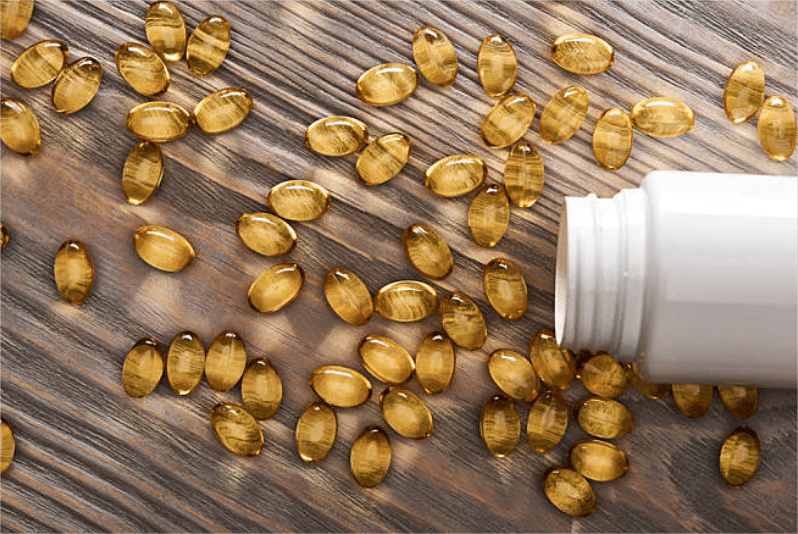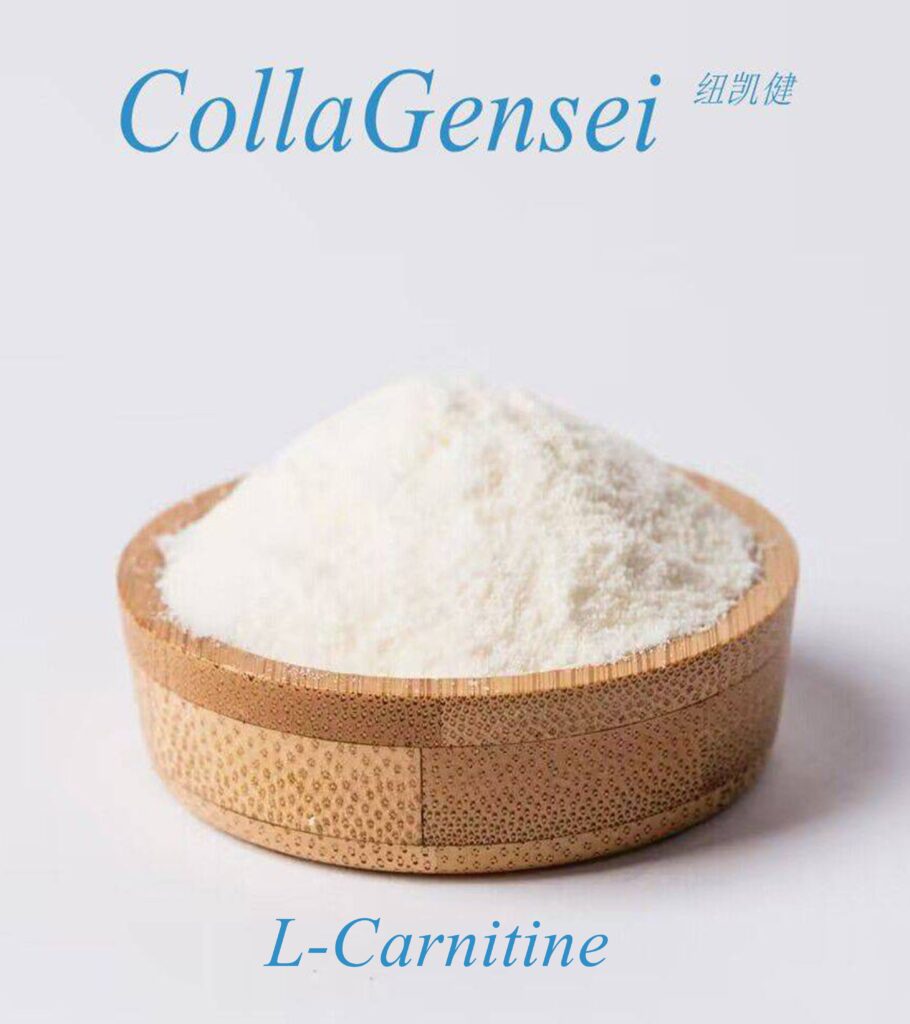Here are some knowledge about dietary fiber.
Introduction:
Dietary fiber was once considered a worthless impurity, referring to the total amount of indigestible components in food that are not broken down by human gastrointestinal digestive enzymes. In the past, dietary fiber was only considered a component of plant cell walls (cellulose), but today, it is no longer limited to this concept. It has expanded to include many improved plant cellulose, colloids, pectin, algal polysaccharides, etc. In the 1960s, dietary fiber was a completely overlooked food ingredient, and many people believed it was an impurity that should be removed rather than its usefulness. With the progress of society and the development of science and technology, many scientists have begun to pay attention to dietary fiber. In the 1970s, scientists discovered that different nutritional habits were the cause of many chronic diseases, and dietary fiber played an essential role in these diseases in the human body. From this point on, dietary fiber is no longer considered waste but a functional nutritional ingredient in food and has become another nutrient after the six nutrients people consider (protein, fat, carbohydrates, inorganic salts, trace elements, vitamins, and water nutrients). In the past, people used to think of this type of nutrient as a carbohydrate, but today, people have started to recognize it as a separate nutrient.
Function:
1. Ensure normal intestinal movement. Dietary fiber will increase the weight and size of your feces and soften it. A large amount of feces is more accessible to excrete, reducing the chance of constipation. If you have loose, watery feces, fiber may help solidify the feces as it absorbs moisture and increases the volume of the feces.
2. increase the excreta volume and shorten the food passage time in the intestine. If food passes through the intestine for too long, harmful substances produced by gut microbiota metabolism and enzymes that break down can come into contact with the intestinal mucosa for a long time, causing absorption of toxic substances and damage to mucosal cells. Some constipated individuals, due to the prolonged retention of feces in the body, experience the absorption of various toxins, which is the leading cause of intestinal tumors. Therefore, shortening the passage time of food and its residues in the intestine has a preventive effect on colon cancer
3. It can help reduce blood cholesterol levels and atherosclerosis. Soluble dietary fiber forms a viscous solution or a mucosal layer with functional groups in the small intestine, and the thickness and integrity of the mucosal layer are a limiting barrier for nutrient absorption speed in the small intestine. Dietary fiber can combine with bile acid to produce bilirubin excreted in feces. Those who consume less dietary fiber have fewer bile acids excreted in their feces, leading to an increase in plasma cholesterol and an increased risk of atherosclerosis and heart disease.
4. Assist in reducing the occurrence of gallstones. The formation of gallstones is caused by excessive cholesterol and insufficient bile acid synthesis. Increasing the fiber content in the diet can lower the cholesterol content in bile and assist in reducing the occurrence of gallstone disease.
5. Assist in reducing the occurrence of diverticulosis. Due to the reduced content of the colon, the intestinal lumen narrows and can quickly form a closed segment, thereby increasing the pressure inside the intestine. At the same time, hard and sticky require more significant pressure to defecate, which can lead to diverticulosis. Dietary fiber can increase fecal volume, absorb water, reduce fecal hardness and viscosity, and assist in reducing the occurrence of diverticulosis.
6. Assist in improving blood sugar. Dietary fiber can increase gastrointestinal transit time, volume, and viscosity after water absorption, but it delays glucose absorption and helps improve glucose tolerance.
How to add more fiber to meals and snacks:
1. Start a new day. Choose high-fiber cereals for breakfast (each serving contains 5 grams or more of fiber). Choose a cereal with “whole grain,” “bran,” or “fiber” in its name. Or add a few tablespoons of unprocessed bran to your favorite cereal.
2. Switch to whole grain foods. Change at least half of the intake of grains to whole grain foods. Look for bread that includes whole wheat, whole wheat flour, or other whole grains as the first ingredient and each serving should contain at least 2 grams of dietary fiber. Try eating brown rice, wild rice, barley, whole wheat pasta, and Bulgarian wheat.
3. Choose more legumes. Soybeans, peas, and lentils are excellent sources of fiber. Add kidney beans to canned soup or vegetable salad. Alternatively, use deep-fried black beans, plenty of fresh vegetables, whole wheat cornflakes, and spicy tomato sauce to make grilled cheese and spicy cornflakes.
4. Let snacks work. Fresh fruits, raw vegetables, low-fat popcorn, and whole wheat cookies are all excellent choices. Nuts or dried fruits are also healthy, high-fiber snacks. However, it should be noted that nuts and dried fruits have a high-calorie content.
https://www.collagensei.com/wp-content/uploads/2024/07/Dietary-fiber.png




